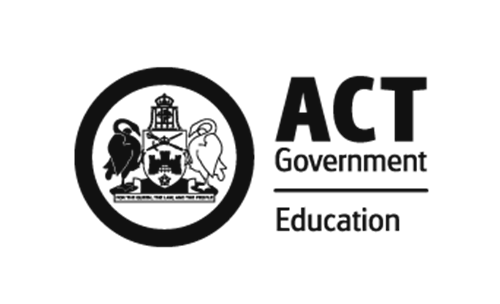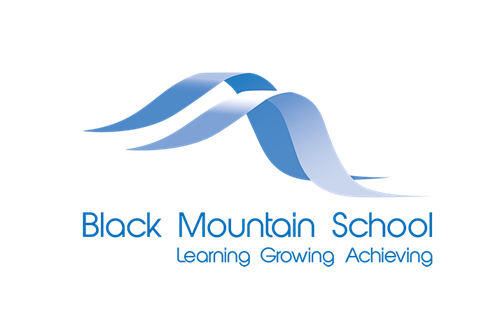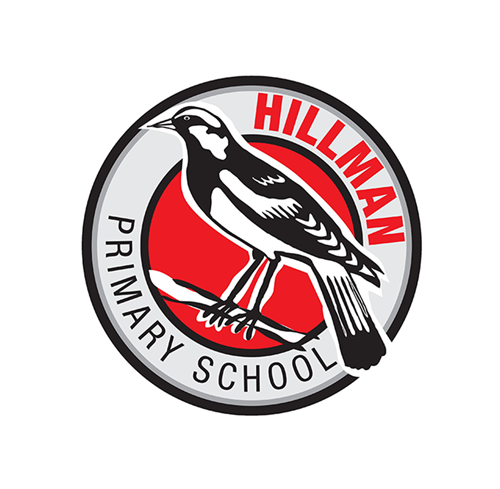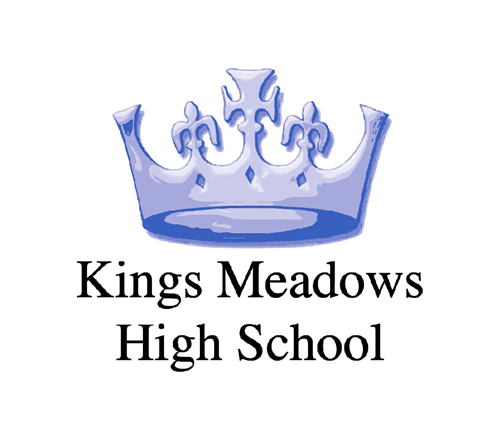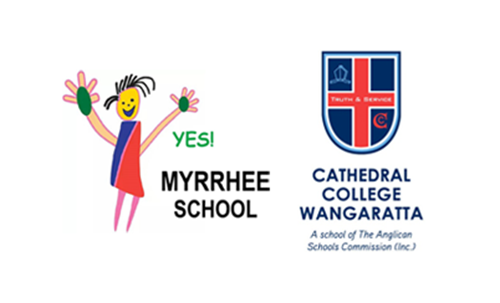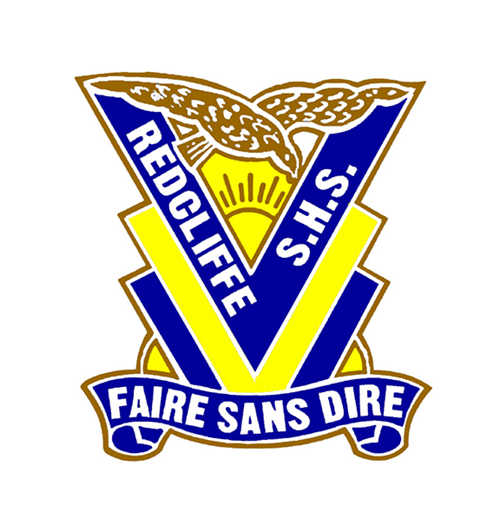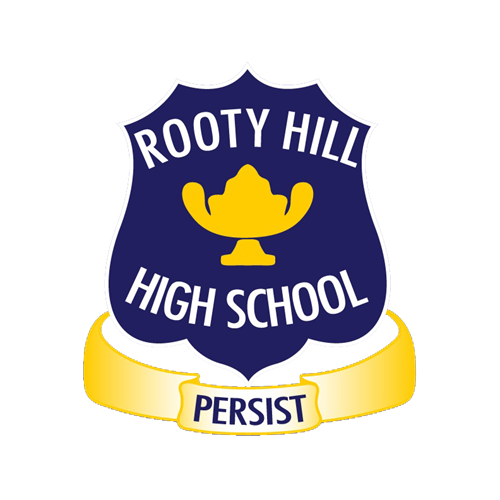Career education: linking STEM learning with real-world problem solving
The Norwood Morialta STEM project partnership integrated the concepts of career education and the knowledge, skills and dispositions described in the general capabilities of the Australian Curriculum to propose a local water pollution solution.
The South Australian Department for Education STEM Year 7 and 8 Collaborative Inquiry Project aimed to connect schools with the community, business and industry to provide authentic STEM learning opportunities for students. Schools worked collaboratively to design, trial and evaluate innovative and evidence-informed approaches to improve learner engagement, disposition and achievement in STEM across Years 7 and 8.
Norwood Morialta High School acknowledges that in the future 75 per cent of jobs will require STEM skills. Using an engineering design process, community and industry partners were engaged to provide knowledge and expertise from within the local community to support specific learning objectives throughout the project. Key partners in this project, Campbelltown Local Council and SA Water, offered authentic feedback and guidance about the solutions and prototypes developed by students, and in presentations, such as a ‘Shark Tank’ style role-play.
STEM learning in this project aimed to broaden students’ understanding of the scope of opportunities available in STEM careers.
The Morialta partnership incorporated the Australian Curriculum learning areas of Mathematics, Science and Technologies into the STEM Year 7 and 8 Collaborative Inquiry Project. The general capability focus was to develop Critical and Creative Thinking (CCT), ICT capability, Literacy capability, Personal and Social capability (PSC) and Ethical Understanding (EU).
In the illustration of practice:
Describe how the school used the Australian Curriculum learning areas and general capabilities to develop a career education program.
Identify the school's approach to the key objectives of Future Ready: A student focused National Career Education Strategy.
How did the school identify and engage with a range of stakeholders in the development of their career education program?
In your school context:
Identify how a school-based career education program would benefit your students.
What aspects of the Australian Curriculum could be included in your school-based career education program?
What elements of the Future Ready: A student focused National Career Education Strategy would you include when developing your school-based career education program?
How would you identify and include appropriate community stakeholders when developing a school-based career education program?
 Norwood Morialta High School Website
Norwood Morialta High School Website